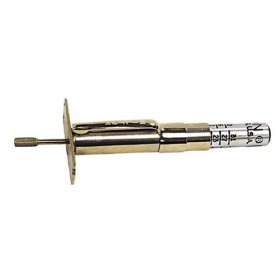Goldscooby
RVF Regular
- Joined
- Mar 3, 2021
- Messages
- 21
- Location
- Streamwood, IL
- RV Year
- 2018
- RV Make
- Thor Motor Coach
- RV Model
- Four Winds 30D
- RV Length
- 32
- TOW/TOAD
- 2020 Jeep Trail Hawk
- Fulltimer
- No
Neal, I didn't know where to put this thread, so please put it in the right area. I wanted to check with all you experienced RVers out there. I have some wonderful Hankook tires on my Class C that the maximum pressure says 80 PSI. I measured all my tires and they come in at 65 PSI. (Well actually one was actually 80 PSI) My question is, am I running to low on tire pressure or am I good? I know you gain a couple pounds when moving and the tires get hot. I have heard all sorts of opinions on this but I would really like everyone's opinions here. Thanks Again!!!
John
2018 Thor Motor Coach Four Winds 30D
2020 Jeep Trailhawk (Toad)
John
2018 Thor Motor Coach Four Winds 30D
2020 Jeep Trailhawk (Toad)












